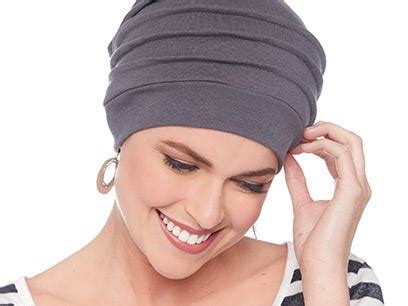The Emotional Impact of Hair Loss on Cancer Patients
Cancer treatment can result in hair loss, which can have a significant emotional impact on patients. A study by the American Cancer Society found that over 70% of cancer patients experience hair loss, and many report feelings of anxiety, depression, and low self-esteem as a result.

To help patients cope with hair loss, various types of head covers are available, including:
- Wigs: Natural or synthetic hairpieces that provide full coverage.
- Hats: Comfortable and stylish options for everyday wear.
- Scarves: Versatile and easy-to-tie options that offer coverage and warmth.
- Turbans: Elegant and sophisticated head coverings that provide full coverage.
- Beanies: Snug-fitting caps that keep the head warm and comfortable.
- Bandanas: Lightweight and moisture-wicking options for active patients.
- Headbands: Stylish and functional accessories that keep hair in place.
- Sleep caps: Soft and breathable head coverings for nighttime comfort.
- Halo headbands: Flexible headbands that provide coverage without pressure on the head.
- Chemo beanies: Seamless and comfortable options designed specifically for chemotherapy patients.
Benefits of Head Covers for Cancer Patients
Head covers provide numerous benefits for cancer patients, including:
- Concealing hair loss: Provides privacy and reduces anxiety related to visible hair loss.
- Protecting the scalp: Shields the scalp from sun damage, wind, and cold.
- Maintaining warmth: Helps regulate body temperature, especially during winter months.
- Reducing irritation: Protects the scalp from friction and pressure, reducing discomfort.
- Boosting self-esteem: Enhances confidence and improves overall self-perception.
Choosing the right head cover depends on individual preferences and needs. Here are some factors to consider:
- Comfort: Choose options that feel comfortable on the head and do not cause irritation.
- Coverage: Decide on the desired level of coverage, from partial to full.
- Style: Select head covers that complement your personal style and preferences.
- Maintenance: Consider the ease of cleaning and care for the head cover.
- Budget: Head covers can vary in price, so determine a budget that fits your needs.
Tips and Tricks for Wearing Head Covers
- Experiment with different options to find the best fit and style for you.
- Use wig liners or headbands to enhance comfort and prevent slipping.
- Wash head covers regularly to maintain hygiene and freshness.
- Allow ample time for scalp recovery after removing head covers.
- Embrace the opportunity to express your creativity and individuality through head covers.
Common Mistakes to Avoid
- Choosing head covers that are too tight or uncomfortable.
- Neglecting to clean head covers, leading to irritation or infection.
- Wearing head covers for extended periods without breaks.
- Not protecting the scalp from harsh weather conditions.
- Comparing yourself negatively to others who do not experience hair loss.
Step-by-Step Approach to Wearing Head Covers
- Determine your coverage needs: Consider the severity of your hair loss and the desired level of coverage.
- Explore different options: Research and try on various head covers to find the best fit and style.
- Pay attention to comfort: Ensure that the head cover feels comfortable on your head and does not cause any irritation.
- Adjust for a secure fit: Use wig liners or headbands to ensure a snug and comfortable fit.
- Experiment with styles: Try different ways of wearing head covers to find what suits you best.
- Wear head covers with confidence: Embrace the opportunity to express yourself through your head cover and show the world that you are more than your hair.
